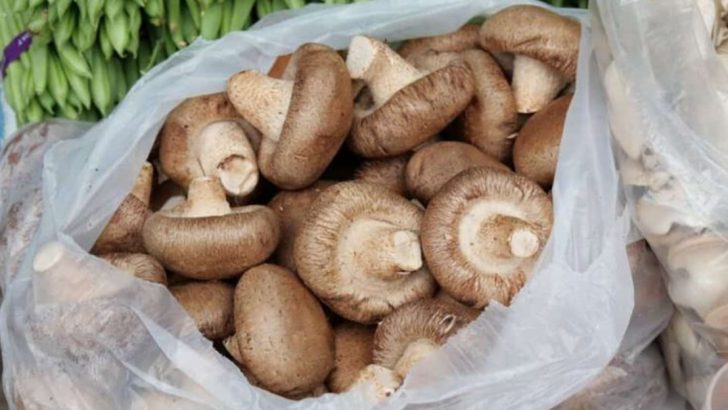Plastic wrap seems like a kitchen superhero, swooping in to save leftovers and keep foods fresh. But this clingy kitchen helper isn’t always your friend!
Some foods actually suffer when wrapped in plastic, while others stay perfectly happy. Let’s unwrap the truth about which foods to keep away from plastic wrap and which ones are totally fine.
1. Bananas Get Speedier Ripening

Yellow bananas release ethylene gas as they ripen. Plastic wrap traps this gas, turning your perfectly yellow bananas into brown mush overnight!
Instead, keep bananas at room temperature on a hook or stand. If they’re already ripe enough, separate them to slow down the process.
2. Mushrooms Turn Slimy

Fungi need to breathe! Trapping mushrooms under plastic creates a moisture paradise that turns these earthy delights into a slimy science experiment gone wrong.
Paper bags make much better mushroom homes. They absorb excess moisture while still providing protection from drying out too quickly.
3. Avocados Get Funky Fast
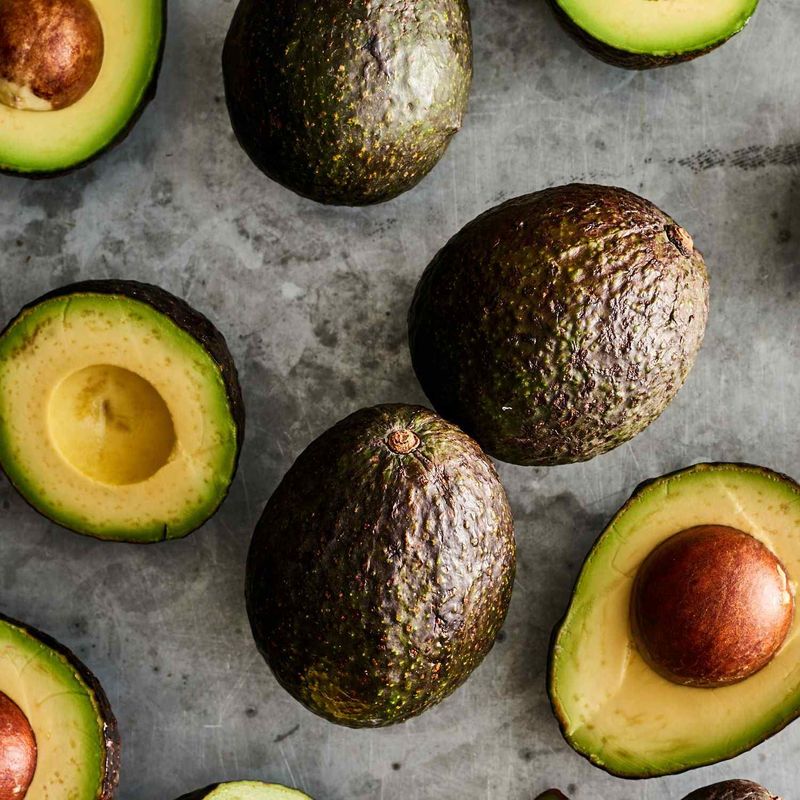
Wrapping half an avocado might seem smart, but plastic wrap creates the perfect humid environment for bacteria to party on that creamy green surface.
Try the pit-in method with a squeeze of lemon instead! Or store cut avocados with a thin layer of olive oil to create a natural barrier.
4. Tomatoes Lose Their Flavor
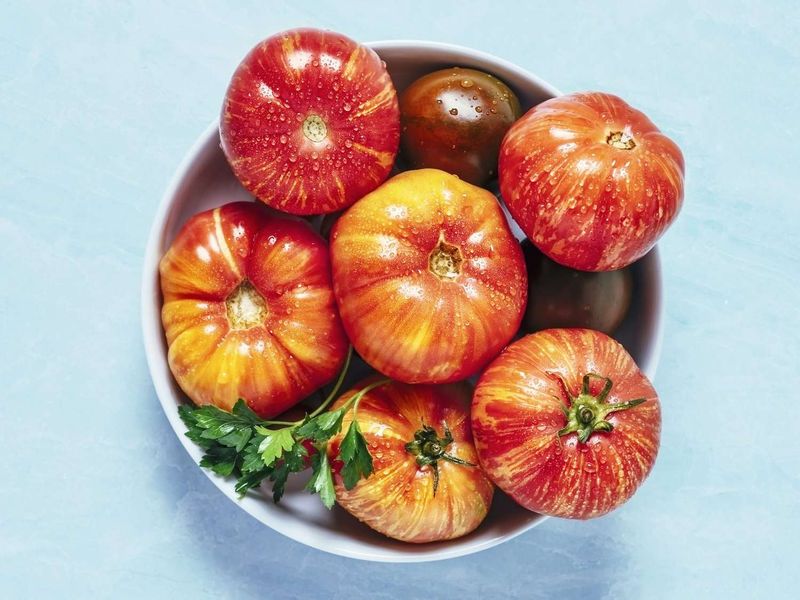
Nothing’s sadder than a tasteless tomato! Plastic wrap traps ethylene gas around tomatoes, speeding up ripening until they’re mushy disappointments with diluted flavor.
Store tomatoes stem-side down on the counter instead. The natural “shoulders” of the tomato provide a stable base while preventing bruising.
5. Herbs Wilt And Yellow
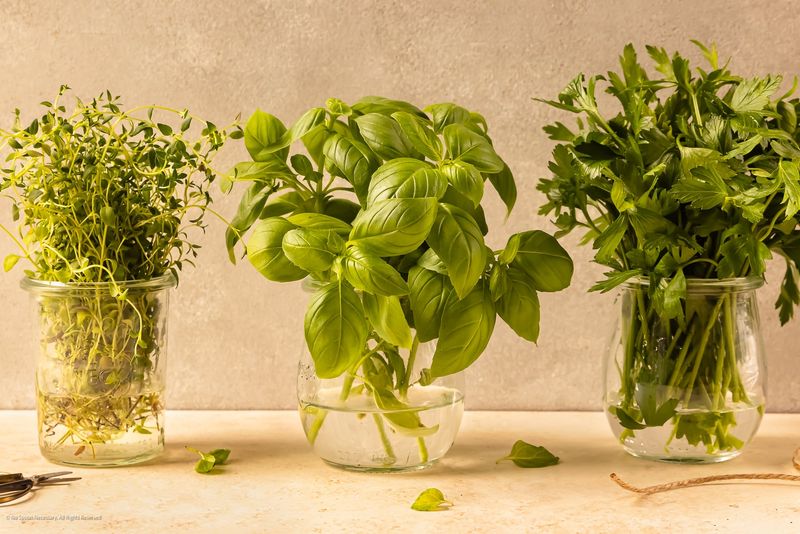
Fresh basil and cilantro hate plastic wrap! The trapped moisture creates a sweaty sauna that turns vibrant herbs into sad, yellow, wilted versions of their former selves.
Treat herbs like flowers instead – trim the stems and place them in a glass of water. Cover loosely with a plastic bag for the perfect herb-preserving environment.
6. Bread Gets Soggy Crusts
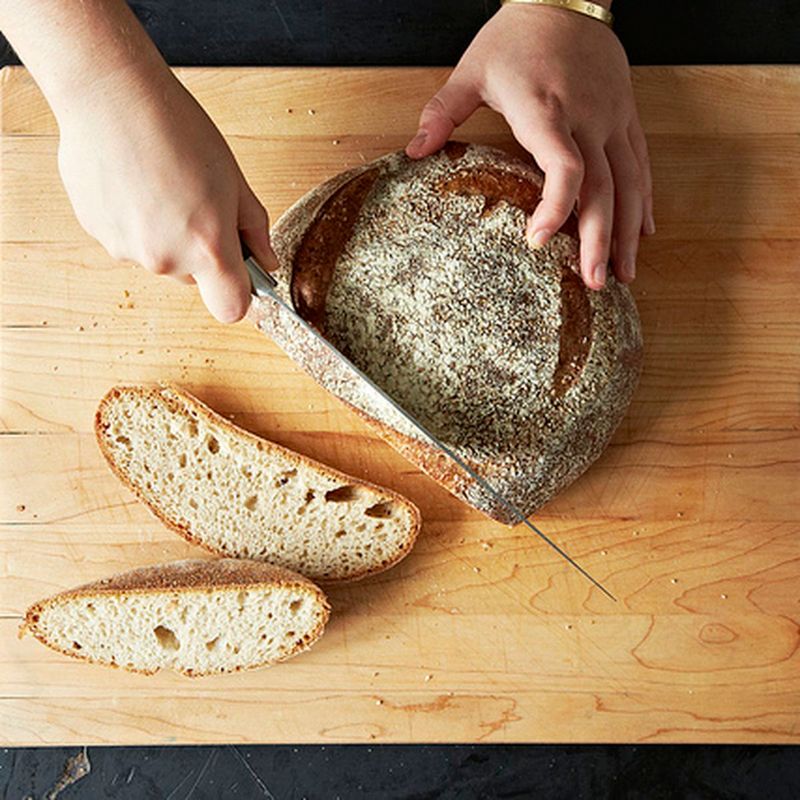
Crusty bread loses its magical texture when wrapped in plastic. The moisture that makes plastic wrap so good at preserving some foods turns your artisanal loaf into a sad, soft disappointment.
Paper bags or cloth bread bags allow bread to breathe while protecting it. For longer storage, freeze sliced bread in freezer bags!
7. Cheese Suffocates

Good cheese needs to breathe! Plastic wrap creates a suffocating environment that can alter flavors and encourage mold growth in all the wrong places.
Cheese paper or parchment paper makes a much better cheese blanket. These materials allow the right amount of air circulation while preventing the cheese from drying out.
8. Potatoes Sprout Faster
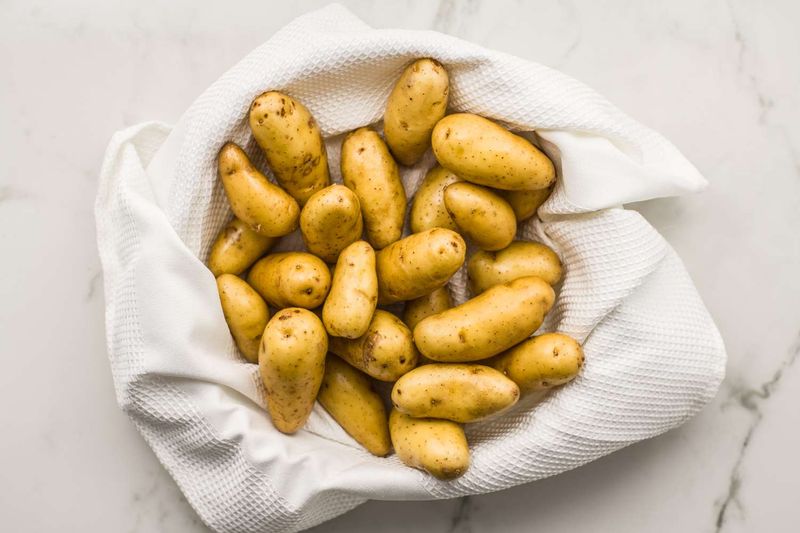
Spuds wrapped in plastic trap moisture and heat – basically creating a greenhouse for sprouting! Those little potato eyes will start growing faster than you can say “french fries.”
Keep potatoes in a cool, dark place in a paper bag or basket. The darkness prevents greening while the breathable container prevents moisture buildup.
9. Garlic Loses Potency
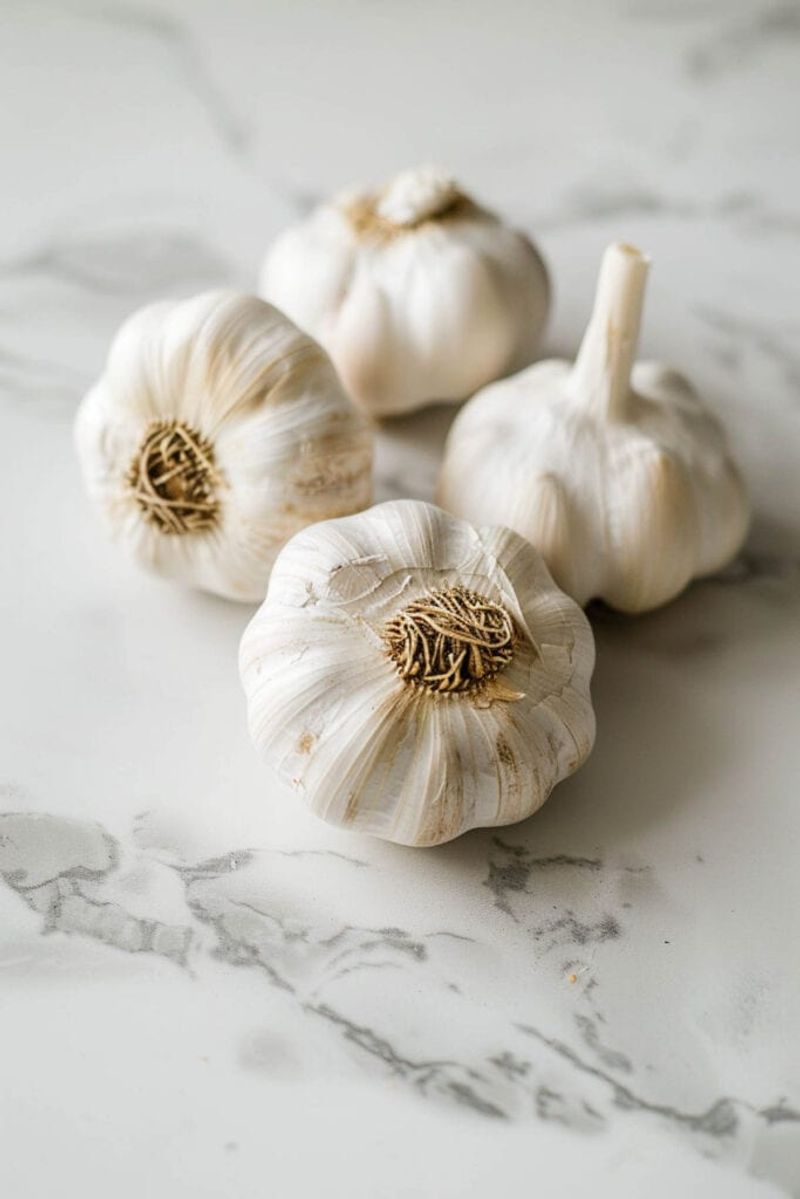
Plastic wrap creates a moisture trap around garlic, encouraging mold and sprouting. Even worse, your flavor-packed cloves lose their signature punch!
Store garlic in a ventilated container at room temperature. A clay garlic keeper or even a simple paper bag works wonders for maintaining that vampire-repelling power.
10. Onions Turn Mushy
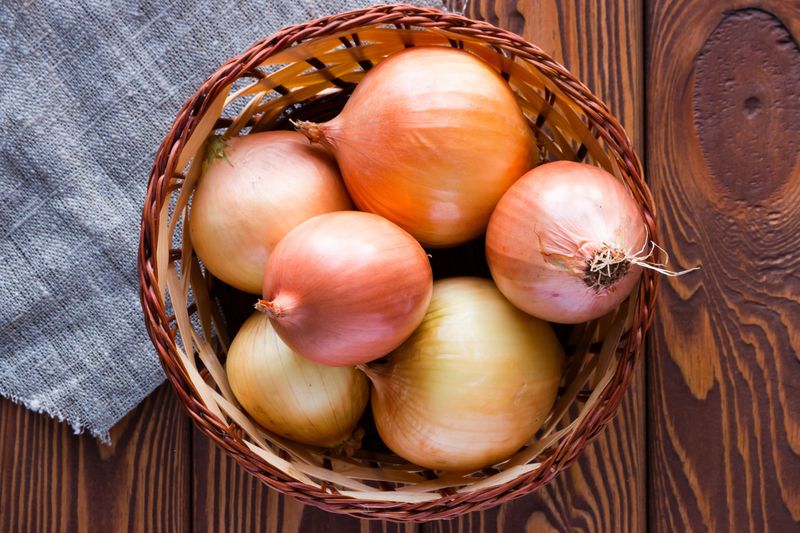
Onions and plastic wrap are mortal enemies! The trapped moisture causes onions to deteriorate quickly, turning firm layers into a slimy, smelly mess.
Store whole onions in a cool, dry place with good air circulation. A mesh bag or basket works perfectly, keeping them firm and flavorful for weeks.
11. Berries Stay Fresh Longer
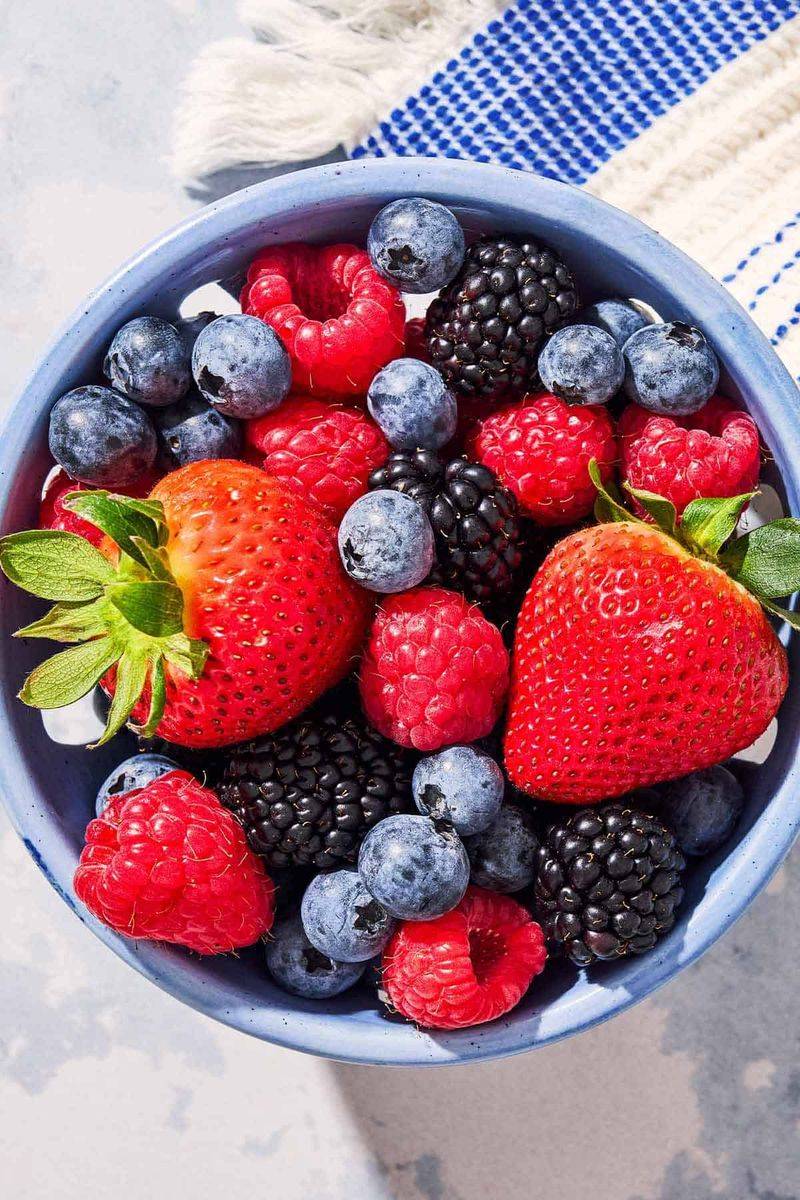
Finally, some good news! Berries actually benefit from plastic wrap when you’ve washed them. The protective barrier keeps them from drying out in the fridge.
Just make sure berries are completely dry before wrapping. A paper towel in the container helps absorb any excess moisture that could lead to mold.
12. Leafy Greens Love Protection
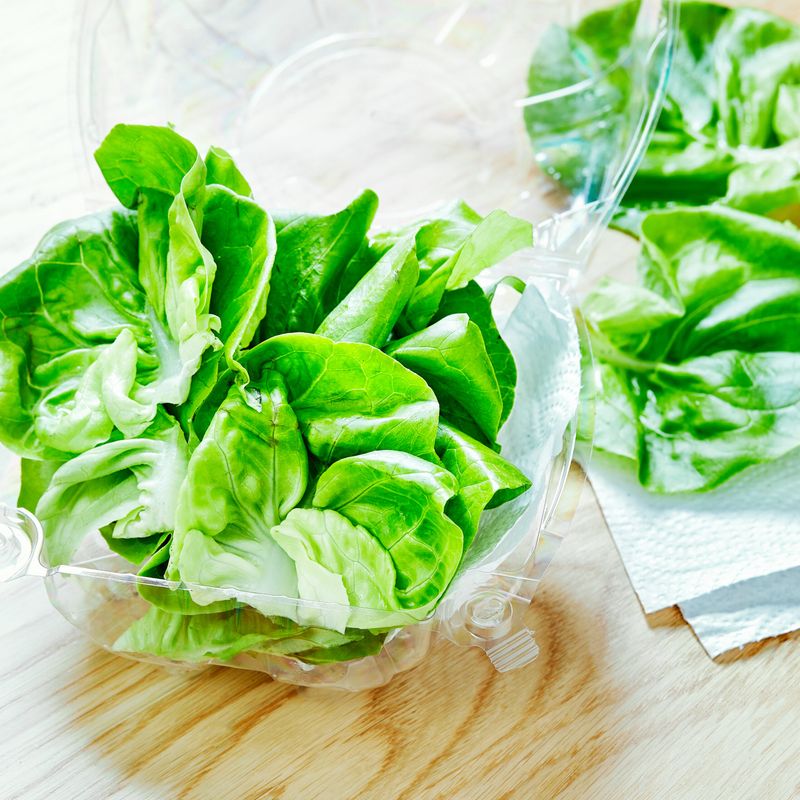
Plastic wrap creates the perfect humidity dome for clean, dry leafy greens! Your spinach and lettuce stay crisp instead of wilting into sad, slimy puddles.
The trick is wrapping them loosely with a paper towel inside to absorb excess moisture. This balance keeps them hydrated without drowning them in condensation.
13. Meat Stays Safe
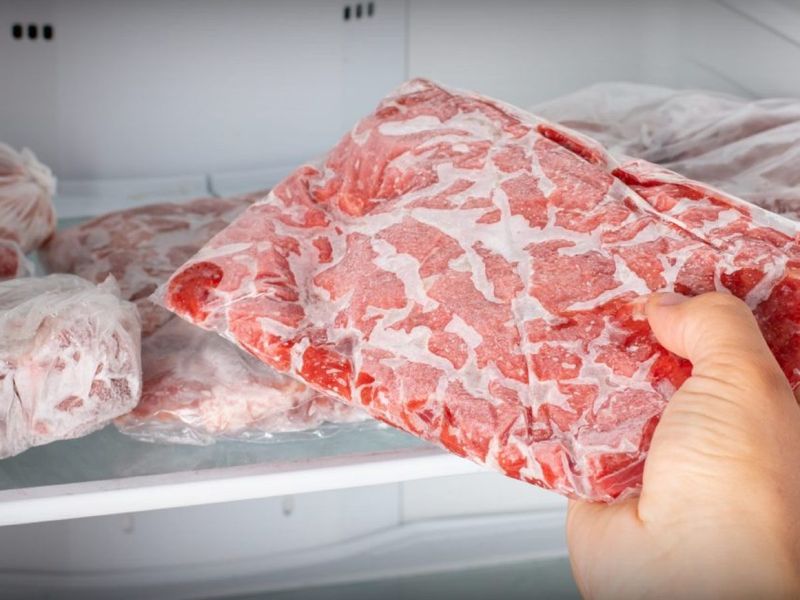
Raw meat and plastic wrap are best buddies in the fridge! The tight seal prevents cross-contamination and keeps meat from developing that weird fridge flavor.
Double-wrap for freezer storage to prevent freezer burn. Just remember to place meat on the bottom shelf to prevent any drips from contaminating other foods!
14. Sandwiches Travel Well
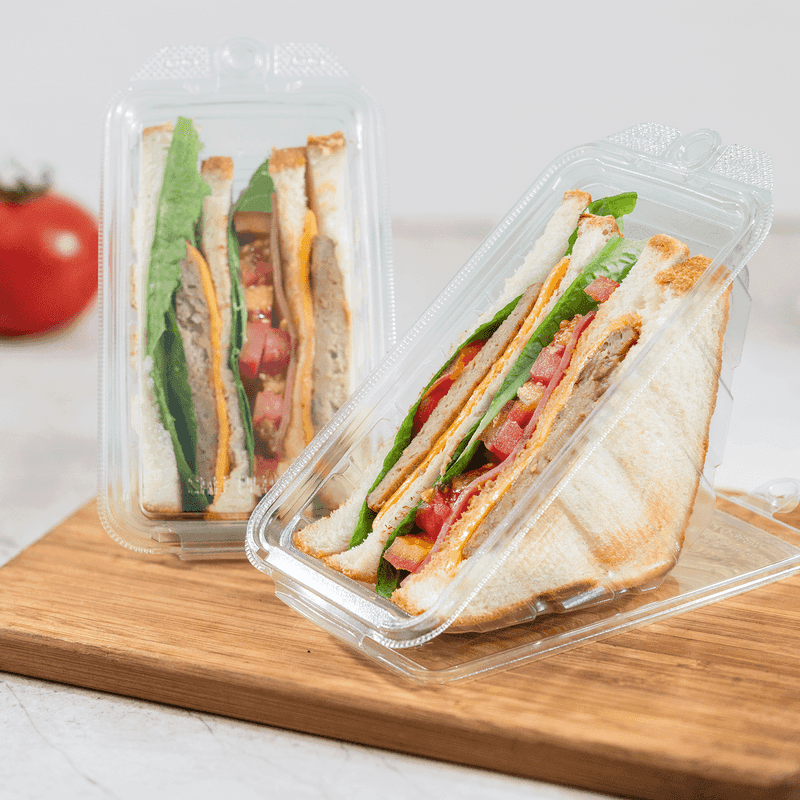
Brown-bagging it? Plastic wrap hugs sandwiches just right! It keeps fillings from drying out while preventing bread from getting squished in transit.
For extra protection against soggy bread, place dry ingredients like lettuce between wet ingredients and bread. Then wrap snugly before packing in your lunch bag.
15. Baked Goods Stay Moist

Brownies, cookies, and cake slices remain perfectly moist under plastic wrap’s protective embrace. The wrap creates a moisture-retaining environment that prevents your treats from turning into hockey pucks overnight.
Just make sure baked goods are completely cool before wrapping to prevent condensation from making them soggy!

